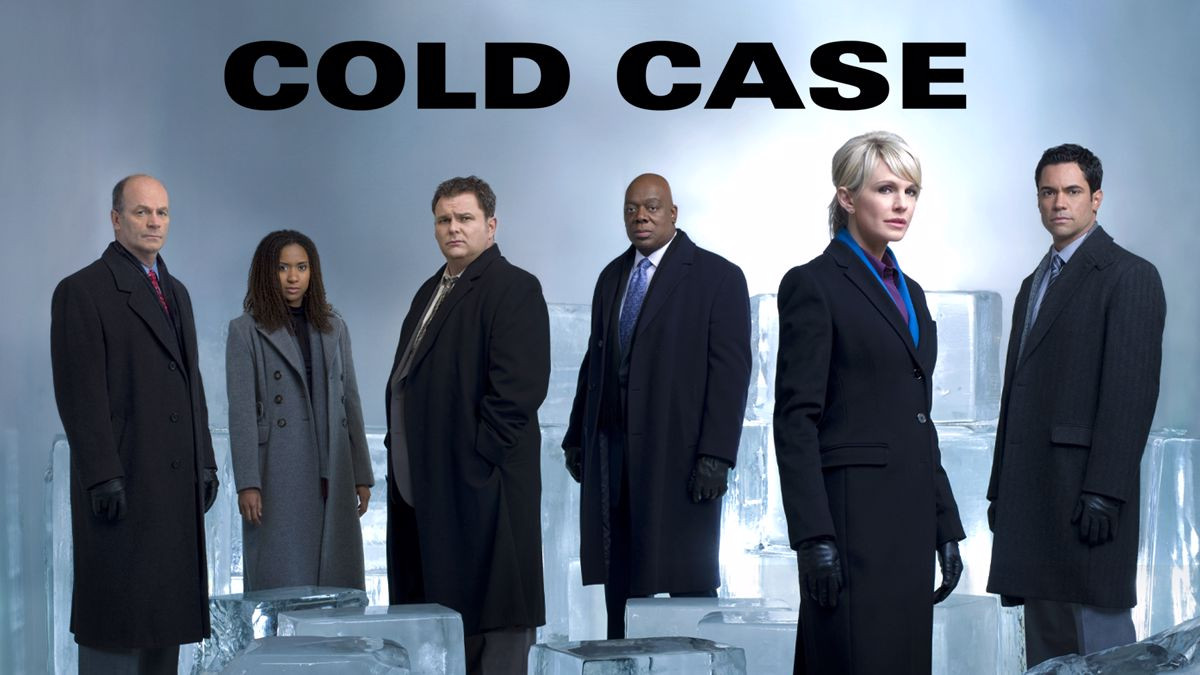
Delving Deep into the Phenomenon of Cold Case Television Shows
The enduring fascination with unsolved crimes has fueled the popularity of Cold Case Television Shows. These programs offer a compelling blend of crime drama, forensic science, and human interest stories, captivating audiences with their intricate plots and emotional depth. This article explores the key elements that contribute to the success of cold case television shows, examining their narrative structure, character development, and cultural impact.
The Enduring Appeal of Unsolved Mysteries
Cold case television shows tap into a fundamental human desire for justice and closure. The idea that unsolved crimes can be revisited and potentially solved years or even decades later offers a sense of hope and satisfaction. This resonates with viewers who are drawn to the intellectual challenge of piecing together fragmented evidence and the emotional journey of seeking answers for victims and their families. The image of a detective meticulously reviewing old case files symbolizes this dedication to uncovering the truth.
Narrative Structure: A Journey Through Time
A distinctive feature of cold case television shows is their non-linear narrative structure. Episodes often interweave present-day investigations with flashbacks to the time of the crime, creating a layered and suspenseful viewing experience. This allows viewers to gradually understand the context of the crime, the lives of the victims, and the potential motives of the suspects. Each flashback provides a piece of the puzzle, slowly revealing the truth as the detectives delve deeper into the case. The juxtaposition of past and present highlights the lasting impact of unsolved crimes.
Character Development: Driven by Dedication
The protagonists of cold case television shows are often portrayed as dedicated and empathetic individuals driven by a strong sense of justice. They possess a unique ability to connect with the past, empathizing with the victims and their families while relentlessly pursuing the truth. These characters are not simply solving crimes; they are seeking to restore balance and provide closure to long-unresolved tragedies. Their personal struggles and triumphs add further depth to the narrative, making them relatable and engaging for viewers. The image of a detective lost in thought reflects the emotional weight of these cases.
Cold Case: A Prime Example
The television series Cold Case exemplifies the key elements of a successful cold case show. The series followed a team of Philadelphia detectives specializing in unsolved homicides. Each episode focused on a different case, exploring the lives of the victims and the impact of their deaths on those left behind. The show’s use of popular music from the era of the crime added a unique atmospheric element, further immersing viewers in the past. effectively utilized flashbacks and music to transport viewers back in time.
The Cultural Impact: Raising Awareness and Inspiring Hope
Cold case television shows have had a significant cultural impact, raising awareness about unsolved crimes and the importance of forensic science in solving them. They have also inspired hope for victims’ families and encouraged renewed efforts to solve real-life cold cases. By showcasing the dedication and perseverance of law enforcement professionals, these shows provide a valuable public service while entertaining audiences with compelling stories. The continued popularity of cold case shows reflects a societal interest in justice and closure.
Conclusion
Cold case television shows remain a powerful and popular genre, offering a unique blend of crime drama and human interest. Their ability to revisit the past, explore complex characters, and provide a sense of hope for justice ensures their continued relevance and appeal to audiences worldwide.
